Edamame bean growing (Harvest edamame bean plant) – Edamame beans how to grow
How to grow edamame bean plant in chemical free cultivation. (Growing edamame in garden.) The edamame grown from seeds has passed about 70 days since planting. The edamame pods have swollen, and it’s harvest time, so I’d like to pull them out. (Harvesting full grown edamame plant.)
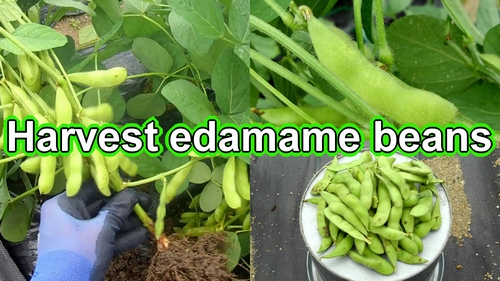
This year is my first time growing edamame. I cultivated an medium-early variety. Edamame bean plant is a vegetable that doesn’t require much effort to grow, making it easy for beginners, so I recommend it.
Edamame planting instructions (Edamame beans how to grow)
The planting time for edamame beans was early May. The method of planting edamame seeds is seeding in hill. The edamame seeds germinated about a week after planting.
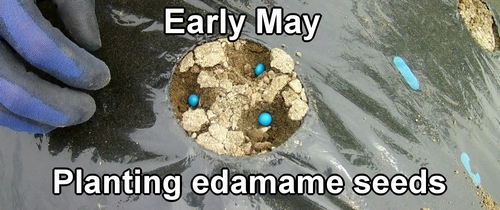
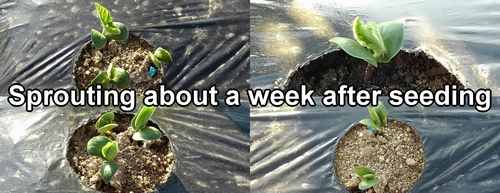
This season’s edamame was grown outdoors, but it would be better to set up insect netting if possible and grow edamame in polytunnel. Edamame may attract aphids after sprouting, and as harvest time approaches, they may be attacked by stink bugs, so pest control is necessary. It is desirable to set up insect netting immediately after planting edamame seeds.
Edamame plant care was easy. We only had thinning and hilling in late May, so it didn’t require much effort.
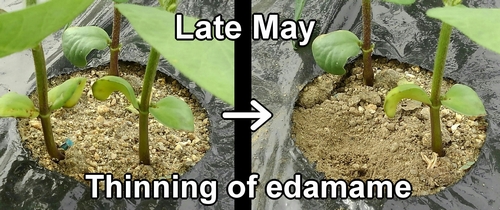
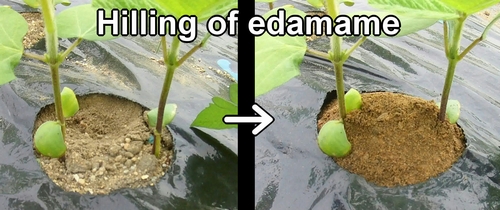
Edamame cultivation is beginner-friendly because it’s easy to manage. Unlike other vegetables, edamame bean plant basically doesn’t need fertilizer. You don’t need base fertilizer (ground fertilizer) when preparing the soil, and there’s no need for additional fertilizer either. Edamame bean plant is beginner-friendly because it requires little effort to grow.
The edamame bean plants bloomed in mid-June. When edamame plants bloom, they need water, so we make sure to water them when the soil gets dry. When the soil is dry, edamame pods won’t swell, and the harvest yield decreases.
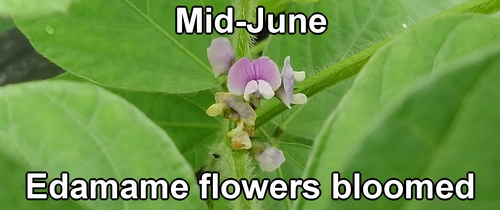
This year’s edamame cultivation was done without putting up insect netting, but they grew well without stink bugs. We sprayed liquid for stink bug prevention, but didn’t do netting tunnel. The liquid mixed with vinegar, sugar, and shochu (distilled liquor).
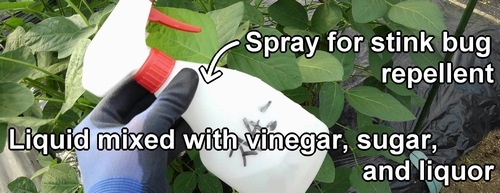
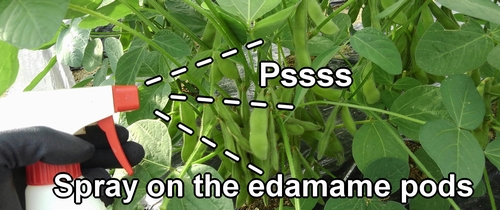
Harvesting edamame beans (Harvest full grown edamame plant)
Medium-early edamame varieties are ready for harvest about two and a half months after planting. Since we planted edamame seeds in early May this year, the harvest time will be around mid-July.
The harvesting method for edamame is to pull out the whole plant by the roots. Let’s harvest edamame plants from the base. Being able to harvest edamame with branches attached is a unique pleasure of home gardening.
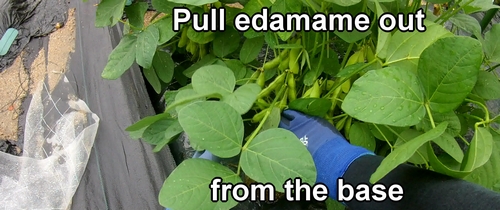
Edamame has strong roots, so make sure to pull it out firmly.
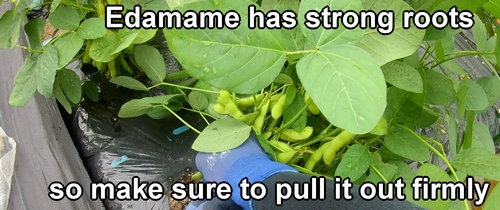
If edamame is difficult to pull out from the soil, loosening the soil with a shovel will make it easier to harvest.
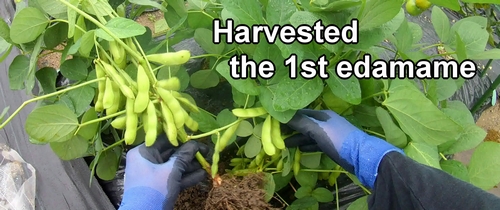
This time, I harvested two edamame plants.
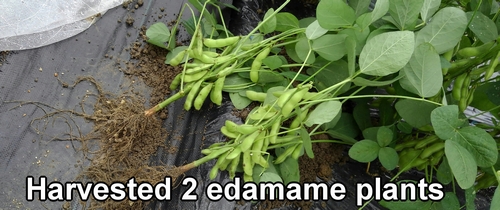
These edamame look delicious. The stems are thick and they have grown well.
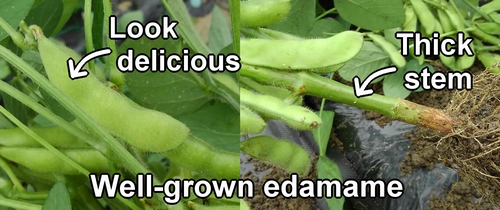
The small beans-like things attached to the roots of edamame are nodules. Inside the nodules, there are microorganisms called nitrogen-fixing bacteria, which provide nutrients to the edamame plants. Most vegetables in the legume family have these nitrogen-fixing bacteria.
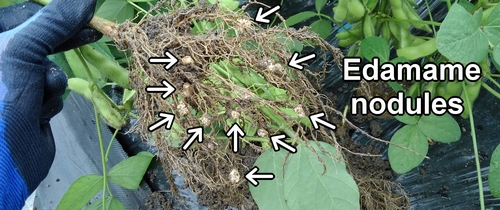
There are quite a few pods on two edamame plants. Let’s count them.
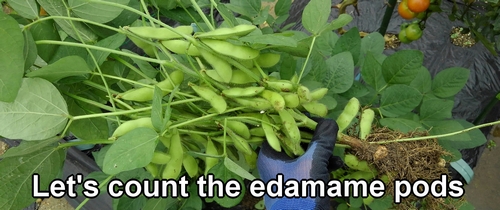
The first edamame plant had 40 pods, the second had 34, totaling 74 pods. Since there were some empty pods, I think the actual amount of edamame is less than this.
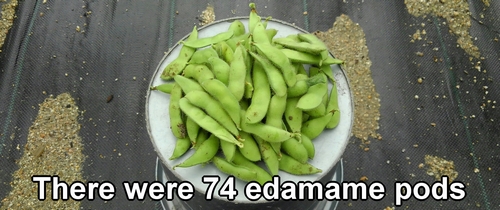
That’s all for this edamame harvest. I think the beans on the other plants are also ready to eat, but since we can’t eat them all at once, I’d like to save the rest for another day to enjoy later.
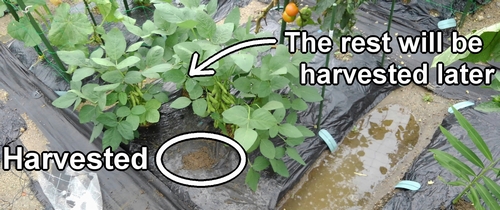
Following is the video for how-to. English subtitles are available.
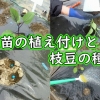
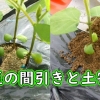
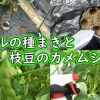
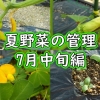
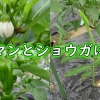
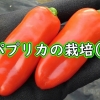
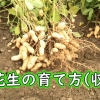
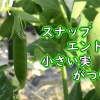

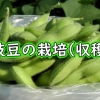


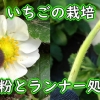
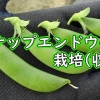
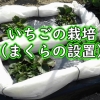
ディスカッション
コメント一覧
まだ、コメントがありません